Beer production and distribution involve complex supply chains, varying costs, and diverse factors that influence pricing. Understanding the intricacies of beer costs is essential for both brewers and consumers alike. From raw material procurement to packaging, production, and distribution, the cost of beer can fluctuate significantly based on market conditions, regional differences, and brewery operations. Whether you’re curious about the expense of producing a keg of beer or exploring why prices vary between bottles, cans, and kegs, this guide delves into the key aspects shaping beer costs. By examining production costs, market influences, and pricing strategies, we aim to provide a clear and comprehensive overview to help you better understand the economics behind your favorite beverage.
Key Takeaways
– Understand the key components of beer production costs, including raw materials, labor, energy, and packaging.
– Recognize how raw material prices and supply chain disruptions impact beer costs.
– Consider the role of production labor and regulatory changes in shaping the industry.
– Assess the impact of market competition and consumer demand on beer pricing.
– Evaluate distribution challenges and environmental costs affecting breweries.
– Be aware of how currency fluctuations influence global beer production.
– Familiarize yourself with typical keg pricing based on size, type, and alcohol content.
– Note that retailer location and current market trends affect keg prices.
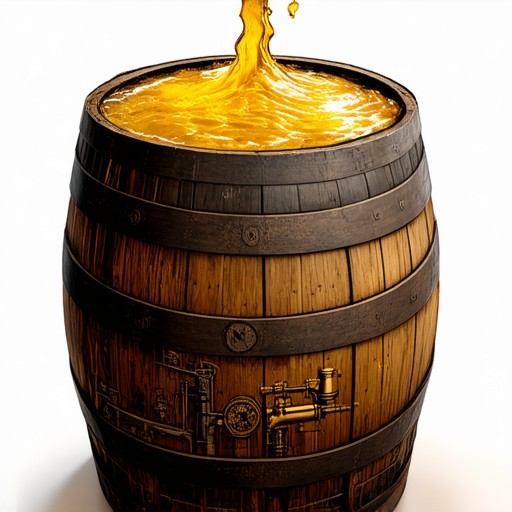
How Much Does It Cost to Produce Beer?
The cost to produce beer varies significantly depending on the scale, location, and type of brewery. Here’s a breakdown of the key factors contributing to the production cost:
- Initial Investment :
- Setting up a brewery involves substantial upfront costs. This includes purchasing or leasing land, building or renovating facilities, installing equipment, and obtaining necessary permits. The initial investment typically ranges from $500,000 to over $1 million, depending on the scale and location.
- Ingredients :
- Malt : One of the most critical ingredients, its cost depends on quality and quantity. High-quality malt can significantly increase production costs.
- Yeast and Hops : These are essential for fermentation and flavor. Their prices vary based on demand and availability.
- Water Treatment : While less noticeable, water treatment is crucial and can add to operational costs.
- Labor :
- Brewery operations require skilled labor, including brewers, cleaners, and maintenance staff. Labor costs can vary widely based on regional wages and shifts.
- Energy Usage :
- Boiling, fermenting, and cooling processes consume a significant amount of energy, adding to operational expenses.
- Packaging and Distribution :
- Containers (barrels, bottles, kegs) and transportation costs contribute to the overall expense. Distributing beer to market often requires permits and reliable logistics.
- Ongoing Expenses :
- Annual costs include ingredient procurement, utilities, labor, and maintenance. These can add several thousand dollars per year to the operation.
Scale and Location Impact :
– Microbreweries often have lower startup costs compared to larger commercial breweries.
– Urban locations may face higher expenses due to land prices and regulations.
– Craft breweries focusing on small-scale, artisanal production tend to have lower overheads compared to mass producers.
For those considering opening a brewery, thorough financial planning is essential to navigate these costs effectively. The investment can pay off in the form of a thriving business, but it’s crucial to manage expenses wisely to ensure profitability.
Factors Affecting Beer Costs
The cost of producing and distributing beer is influenced by several key factors, each contributing to fluctuations in pricing. Here’s a breakdown of the primary elements impacting beer costs:
- Raw Material Costs
- Malt, hops, yeast, and water are critical ingredients in beer production. Rising agricultural costs, supply chain disruptions, and poor harvests can significantly increase ingredient prices. For instance, hop prices have been volatile due to weather conditions and increased demand from the craft beer industry.
- Production Labor
- Brewing requires skilled labor, and wage increases in regions where beer is produced can drive up operational costs. Additionally, the complexity of craft brewing processes often necessitates higher labor input compared to mass production methods.
- Energy Consumption
- Energy costs, particularly for heating and cooling during fermentation and bottling, contribute to production expenses. Rising fuel prices and shifts toward sustainable energy sources can further strain budgets.
- Supply Chain Disruptions
- Global trade restrictions, logistics challenges, and delays in shipping have led to increased costs for importing key ingredients and distributing finished products. This has been particularly evident during recent years due to geopolitical tensions and pandemics.
- Regulatory Changes
- Government regulations, such as stricter environmental standards or changes in import/export tariffs, can impact production costs. For example, new labeling requirements or excise taxes on alcohol may increase overall beer prices.
- Market Competition
- The craft beer market has seen rapid growth, leading to increased competition. This competition can drive up prices as smaller breweries seek to differentiate themselves through higher-quality ingredients or unique packaging, which can filter down to consumer prices.
- Consumer Demand
- Higher demand for craft and premium beers has placed pressure on producers to meet market demands, often resulting in increased production costs. Additionally, limited supply during peak times can lead to higher pricing strategies.
- Distribution Challenges
- Transporting beer involves high fuel costs and logistical complexities, especially for distributing to remote areas or large event venues. This adds to the overall cost structure, particularly during peak seasons or for speciality brews.
- Environmental Costs
- Brewers are increasingly adopting eco-friendly practices, such as reducing carbon footprints and using recyclable materials. These initiatives add to operational costs but align with consumer preferences for sustainable products.
- Currency Exchange Rates
- Fluctuations in currency exchange rates can affect the cost of imported ingredients and equipment, particularly for breweries operating in multiple countries or sourcing materials from international suppliers.
These factors collectively influence the price of beer, making it a dynamic and evolving market. Consumers may notice these changes reflected in the retail prices of their favorite beverages. For more insights into the craft beer industry, explore The Goods On Tap ’s comprehensive resources and brewery reviews.
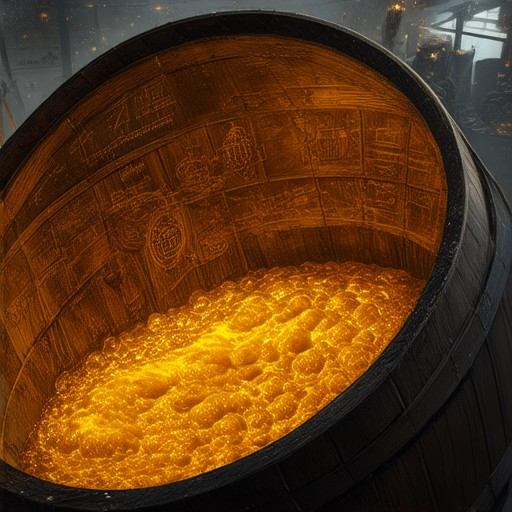
How Much Does a Keg of Beer Typically Cost?
A keg of beer can vary significantly in price depending on its size, type, and alcohol content. Here’s a breakdown of typical pricing:
- Mini Kegs (5L or less): These are often found in convenience stores or gas stations and typically cost between $10 and $25 .
- Standard Kegs (20L): Commonly used for home or small gatherings, these usually range from $50 to $100 , depending on the brand and availability.
- Large Kegs (30L or more): These are more suited for bars or events and can cost upwards of $200 or more.
Factors affecting price include the brewery, distribution costs, and market demand. For the best deals, consider checking platforms like The Goods On Tap or other craft beer retailers for discounts or seasonal offers.
If you’re looking for affordable options, many online platforms offer competitive pricing, such as CraftBeer.com or Drizly .
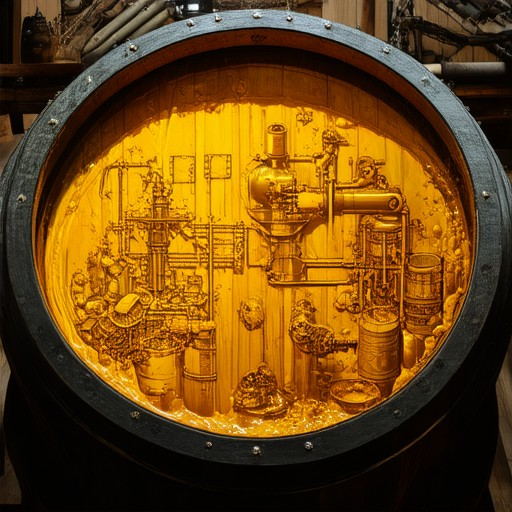
How Much Does It Cost to Produce a Keg of Beer?
The cost to produce a keg of beer involves several key components, including raw materials, energy, labor, and packaging. Here’s a breakdown of the main factors:
- Malted Barley :
- Malted barley is the most significant ingredient, costing approximately $2 to $4 per pound.
- A standard 5-gallon keg requires about 10 pounds of malted barley.
- Total cost for malted barley: $20 to $40.
- Yeast :
- Brewer’s yeast is essential for fermentation and typically costs $12 to $15 per packet.
- A keg may require 2-3 packets of yeast.
- Total cost for yeast: $24 to $45.
- Utilities and Energy :
- Energy for boiling, fermenting, and conditioning the beer, along with facility rent, can range from $200 to $500 per month for small breweries.
- This is an estimate and can vary significantly based on location and brewery size.
- Labor :
- Skilled labor for monitoring and controlling the brewing process is crucial. Hourly rates typically range from $8 to $12, depending on location.
- Labor costs can add $80 to $120 per batch.
- Packaging :
- Kegs themselves cost between $20 and $100, depending on material (steel or plastic).
- Additional costs for caps and other accessories can add $10 to $30.
Total Estimated Cost :
– Small breweries: $300 to $600 per keg.
– Large commercial breweries: $800 to $1,500+ per keg.
These costs can fluctuate based on factors like brewery size, location, and operational efficiency. Larger breweries often benefit from economies of scale, resulting in lower costs per keg compared to smaller, independent operations.
Factors Affecting Beer Costs
The cost of producing and distributing beer is influenced by several key factors, each contributing to fluctuations in pricing. Here’s a breakdown of the primary elements impacting beer costs:
- Raw Material Costs
- Malt, hops, yeast, and water are critical ingredients in beer production. Rising agricultural costs, supply chain disruptions, and poor harvests can significantly increase ingredient prices. For instance, hop prices have been volatile due to weather conditions and increased demand from the craft beer industry.
- Production Labor
- Brewing requires skilled labor, and wage increases in regions where beer is produced can drive up operational costs. Additionally, the complexity of craft brewing processes often necessitates higher labor input compared to mass production methods.
- Energy Consumption
- Energy costs, particularly for heating and cooling during fermentation and bottling, contribute to production expenses. Rising fuel prices and shifts toward sustainable energy sources can further strain budgets.
- Supply Chain Disruptions
- Global trade restrictions, logistics challenges, and delays in shipping have led to increased costs for importing key ingredients and distributing finished products. This has been particularly evident during recent years due to geopolitical tensions and pandemics.
- Regulatory Changes
- Government regulations, such as stricter environmental standards or changes in import/export tariffs, can impact production costs. For example, new labeling requirements or excise taxes on alcohol may increase overall beer prices.
- Market Competition
- The craft beer market has seen rapid growth, leading to increased competition. This competition can drive up prices as smaller breweries seek to differentiate themselves through higher-quality ingredients or unique packaging, which can filter down to consumer prices.
- Consumer Demand
- Higher demand for craft and premium beers has placed pressure on producers to meet market demands, often resulting in increased production costs. Additionally, limited supply during peak times can lead to higher pricing strategies.
- Distribution Challenges
- Transporting beer involves high fuel costs and logistical complexities, especially for distributing to remote areas or large event venues. This adds to the overall cost structure, particularly during peak seasons or for speciality brews.
- Environmental Costs
- Brewers are increasingly adopting eco-friendly practices, such as reducing carbon footprints and using recyclable materials. These initiatives add to operational costs but align with consumer preferences for sustainable products.
- Currency Exchange Rates
- Fluctuations in currency exchange rates can affect the cost of imported ingredients and equipment, particularly for breweries operating in multiple countries or sourcing materials from international suppliers.
These factors collectively influence the price of beer, making it a dynamic and evolving market. Consumers may notice these changes reflected in the retail prices of their favorite beverages. For more insights into the craft beer industry, explore The Goods On Tap ’s comprehensive resources and brewery reviews.

How Much Does a Keg of Beer Typically Cost?
A keg of beer typically costs between $20 and $100, depending on factors like size, type, and alcohol content. Here’s a breakdown of what influences the price:
- Size of the Keg :
- A standard keg is often 15.5 gallons (60 liters), which is equivalent to about 20 imperial pints. This size is common for many breweries and is widely available.
- Smaller kegs, like half barrels (7.5 gallons or 30 liters), may cost less, while larger kegs (e.g., 20-liter kegs) could be more expensive.
- Type of Beer :
- Domestic beers, such as lagers or American IPAs, tend to be priced lower compared to craft beers or imported varieties.
- Craft beers, which often have unique flavors and higher production costs, usually fall on the higher end of the price spectrum.
- Alcohol Content :
- Beers with higher alcohol by volume (ABV) may cost more due to the increased production complexity and ingredients required.
- Retailer and Location :
- Prices can vary significantly based on the retailer, whether it’s a grocery store, liquor store, or online marketplace.
- Factors like local taxes, store promotions, and demand can also impact the final price.
For example, a 15.5-gallon keg of a domestic lager might cost around $40-$50, while a craft IPA or seasonal brew could range from $70-$90. To find the best deal, consider shopping during sales or comparing prices at multiple retailers like Total Wine & More , Amazon , or local beer shops.
Keep in mind that prices may have recently risen due to inflation and supply chain challenges in the beverage industry. Always check with your preferred retailer for the most accurate and up-to-date pricing.
Conclusion
When purchasing a keg of beer, factor in the size, type, and intended use to determine the best option for your needs. Compare prices across different stores and take advantage of seasonal discounts to get the best value.

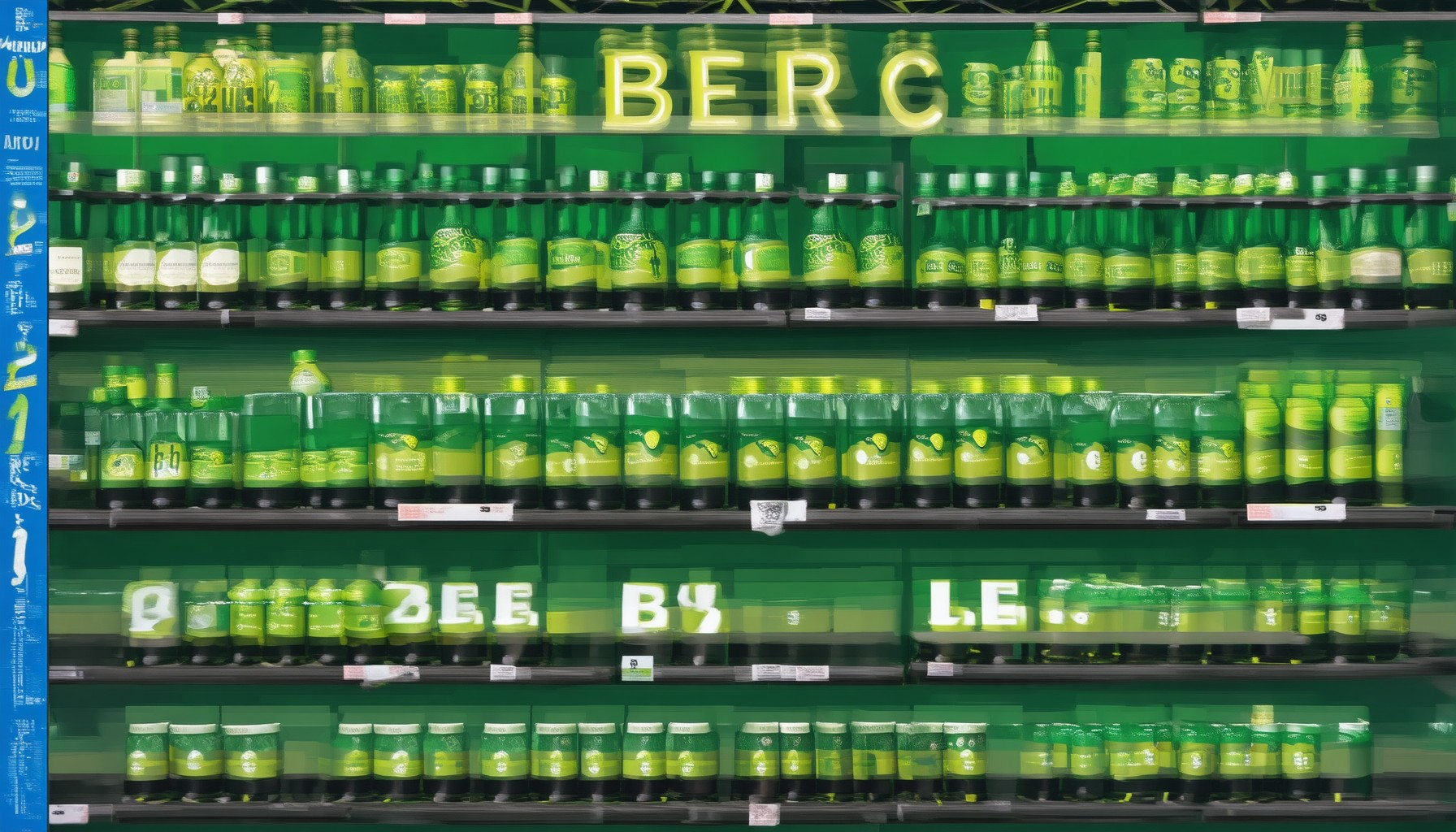
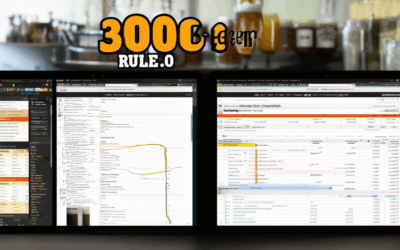


0 Comments